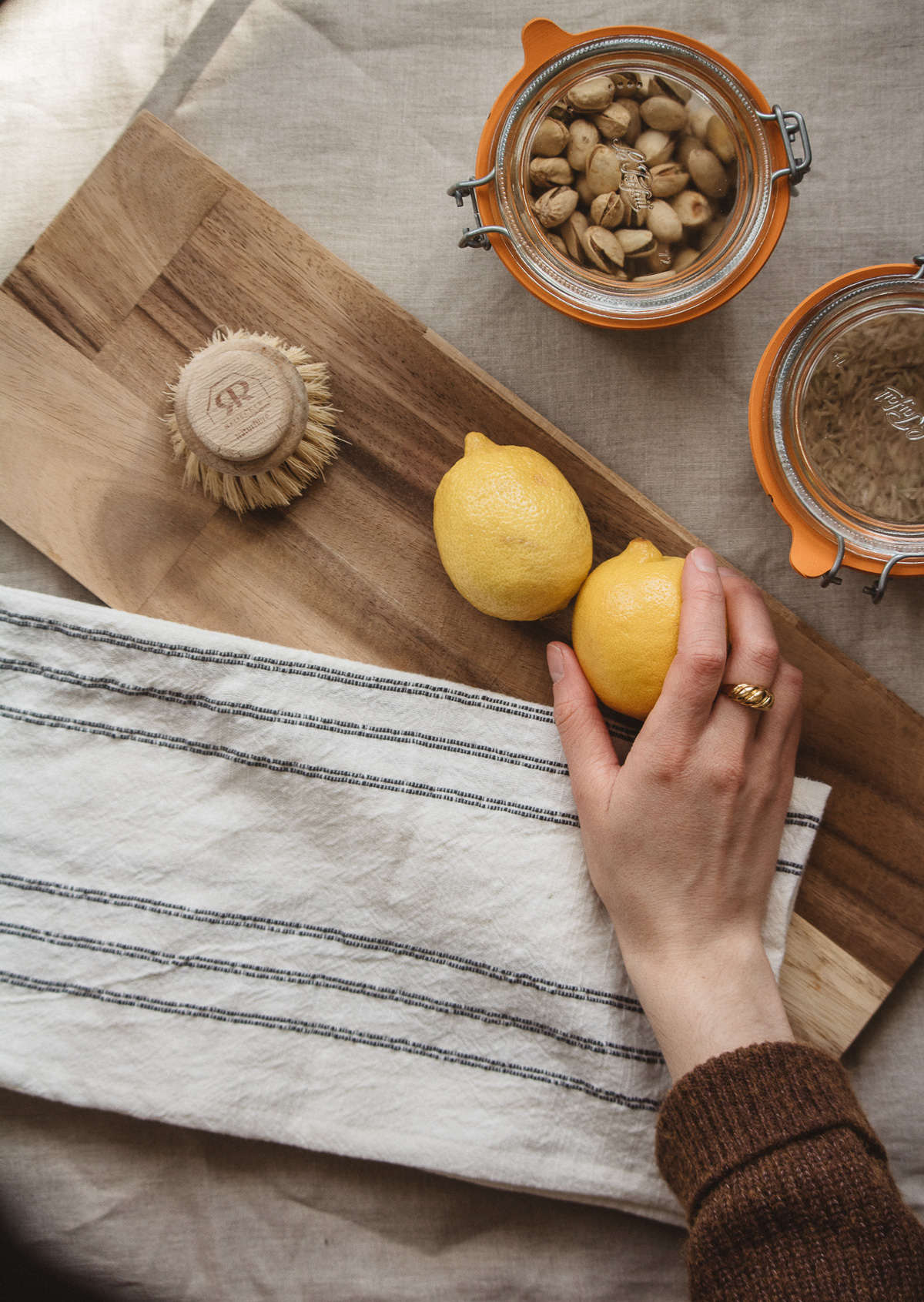
It’s time to refocus on the environment.
I admit, I’ve been on a little hiatus when it comes to sharing and talking about zero + low waste within my life. When the pandemic hit, a good chunk of my zero waste lifestyle dropped on the priority list because of the uncertainty with COVID.
Instead, keeping myself and my family safe became the number one priority. So like many, we couldn’t bring our reusable bags to the grocery store or reusable cups to coffee shops. We bought canned + frozen goods and bought mostly everything online, which comes with a lot of unwanted packaging and plastic.
The list could go on but now that we’ve *adjusted* to living with COVID, I’m learning what’s truly safe to bring back and what I can do better. With that said, here are my zero + low waste goals for the year! Once I feel like I have a good handle on each of these goals, I’ll be sharing what I learned and what helped me.
Let’s get into it!
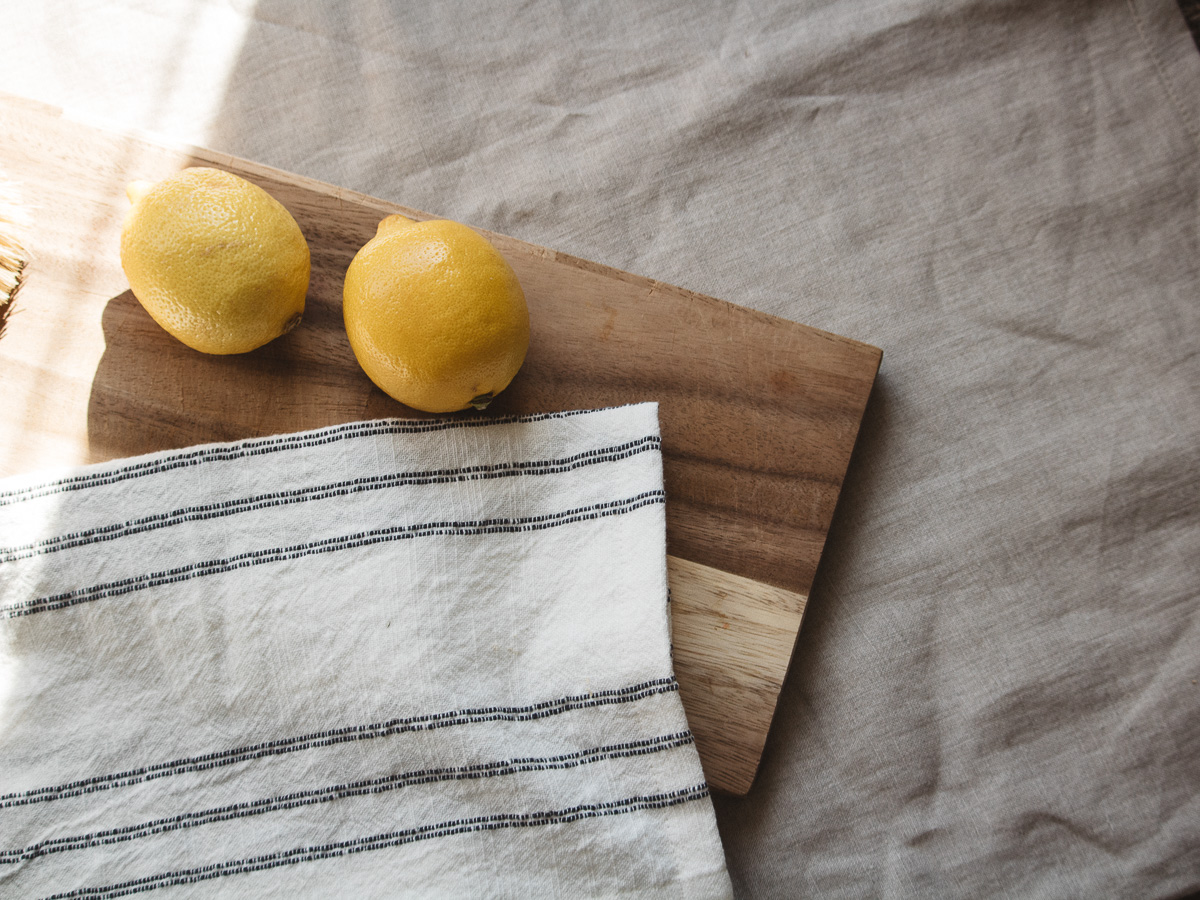
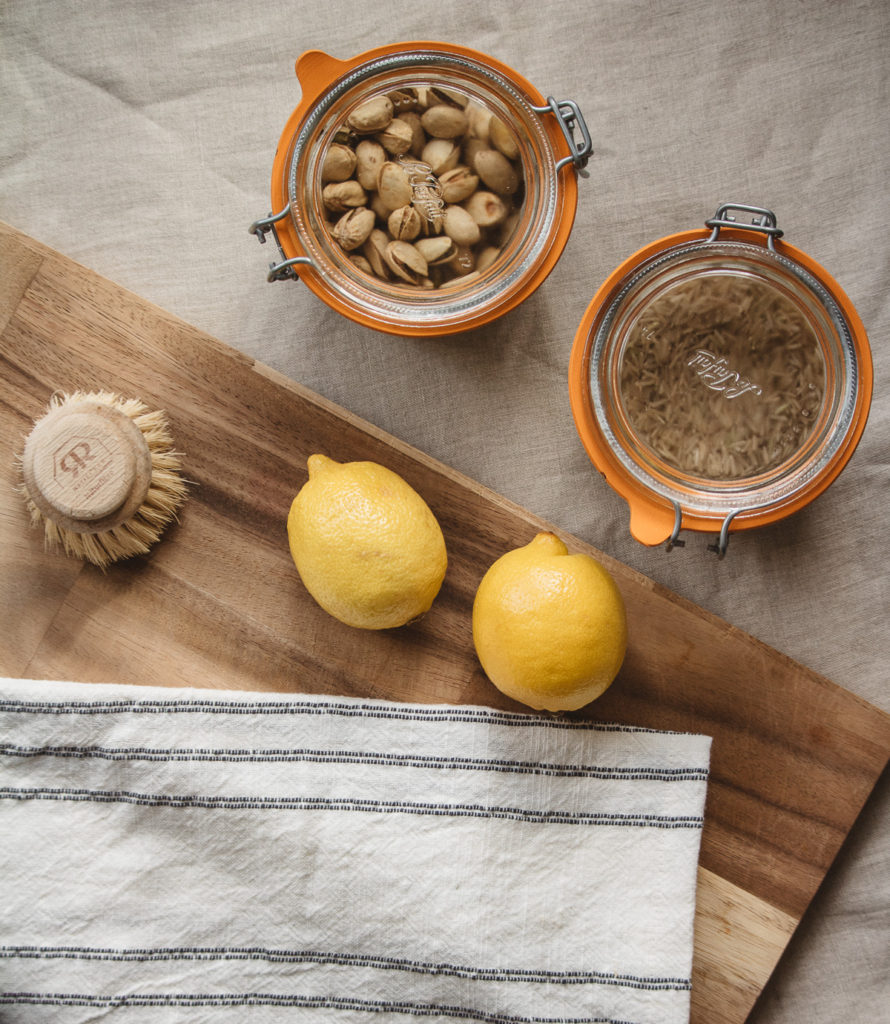
1. Less Food Waste
This is a big one for me. I’ve gotten better over the years, but I still tend to have rotten vegetables I didn’t get to and ultimately, need to throw out. It’s happening less now that we don’t go out to eat or rarely order takeout. However at the end of the week, I still find wasted food and it pains me to see! A lot of it has to do with not taking proper food inventory before going grocery shopping, so it’s something I want to work on.
I’m also embarrassed to say we don’t compost (gasp, I know). While living in an apartment in a city, the options are slim. We don’t have a backyard and our city doesn’t collect composting for free. I’ve looked into composting pick-up services, but the cost is high and our location isn’t within radius of low cost programs. In general, there’s a larger conversation that needs to happen regarding composting systems in our cities or towns. As soon as we have a house and a yard, we are starting!
To help reach my goal, I’m finding resources like this Produce Prep E-book by Jessie May that I bought. Or listening to this podcast on food design and educating myself on our food system as a whole. I find the Wild Minimalist blogs to be extremely helpful too.
2. Truly Understand Recycling
Where do I even begin when it comes to recycling?! There’s so much to learn about the infrastructure or lack there of. I grew up in the era where recycling became a big deal and if you recycled your cardboard boxes and plastics goods, you were doing your part to save the environment.
But in reality, it’s a lot more complicated than that. We really can only recycle these goods: Aluminum, glass, paper (for a limited amount of times) and only some plastics. And let me tell you, there are A LOT of different plastics that you cannot recycle. Not to mention, each city and town have different regulations with their recycling. So where do we got from here?
To get started in learning more, I listened to this podcast: How to Save a Planet – Recycling! Is it BS? I highly highly recommend listening to it. And this article from the NY Times: Recycling in America Is a Mess. A New Bill Could Clean It Up. Because while individually we can do our part, the accountability needs to come from the top (ahem, government) and make companies responsible for not using environmentally friendly packaging. Lots to unpack here!
3. Switch Out Household Items in High Traffic Areas
While I’ve done a good job in swapping out my major household items, I still have a long way to go. Some of it has to do with living with a husband who’s a little slower to change (love you!). I might actually write a blog post on this for those who live with partners that aren’t as far along on the zero waste journey. And I get it, we all aren’t eco-warriors and that’s OKAY!
My current process is once I run out of a product or something breaks, I replace it with a more eco-friendly option. So this will constantly be a goal of mine over the years because I want to be cost-effective too. Some of the items that still need to change are: adding more glass storage containers over plastics, replacing our plastic dish soap with a dish soap bar, using a menstrual cup, replacing our plastic mouthwash with mouthwash tablets and using refillable dental floss. Basically, I want to focus on our high traffic areas in our life like the kitchen and bathroom. And tackle those areas the most.
4. Educate Myself on Intersectional Environmentalism
An integral part in advocating for the environment is understanding how the injustices happening to marginalized communities and the earth are completely integrated. You can’t fight for one and not the other. And I still have so much to learn. It’s a complete privilege to aim for and afford a “zero waste lifestyle.” We need to really understanding the effects of colonization to our people, planet and animals.
I’ve started to do a lot of my research through Intersectional Environmentalist. Its a brilliant resource and so incredibly informative. This episode on How to Save a Planet: Black Lives Matter and Climate is another good starting point too.
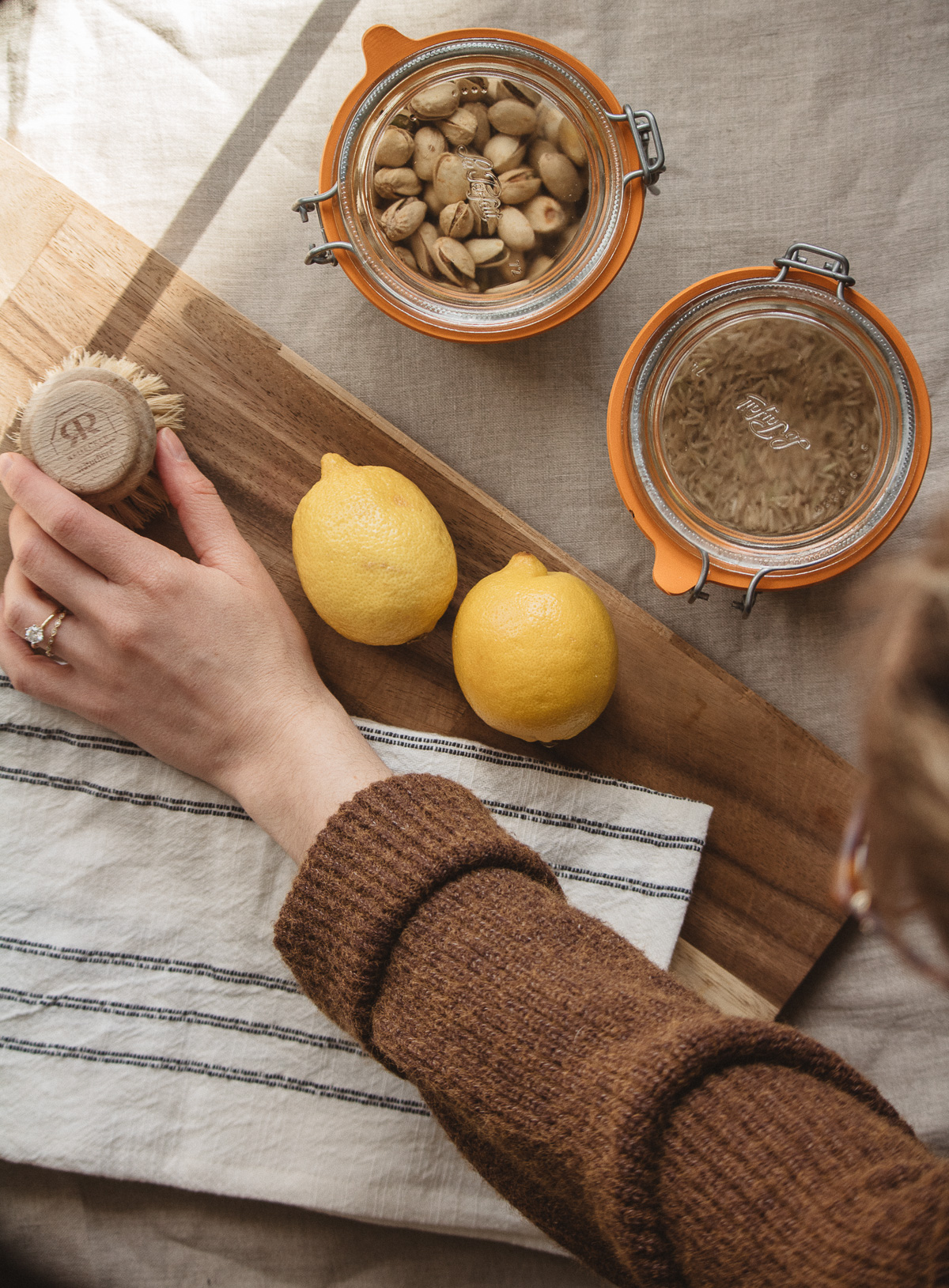
Helpful Resources
- Save the Planet Podcast
- Fast Company
- Trash is for Tossers
- Intersectional Environmentalist
- Wild Minimalist Blog
- The Good Trade
- Brightly.Eco
- Green Dreamer Podcast
Places to Shop Zero Waste
- Package Free Shop
- Wild Minimalist
- Goldune
- PUR Home
- Boston General Store
- Helen Milan
- June Home Supply
- Zero Grocery
- Puck + Abby
x Christine
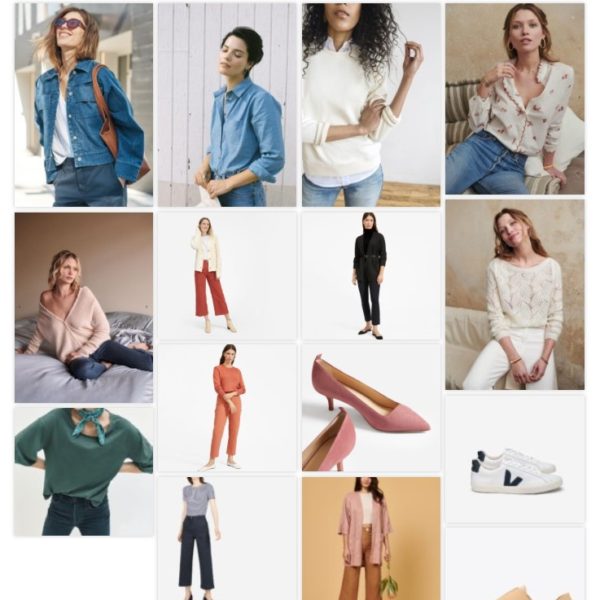


Leave a Reply